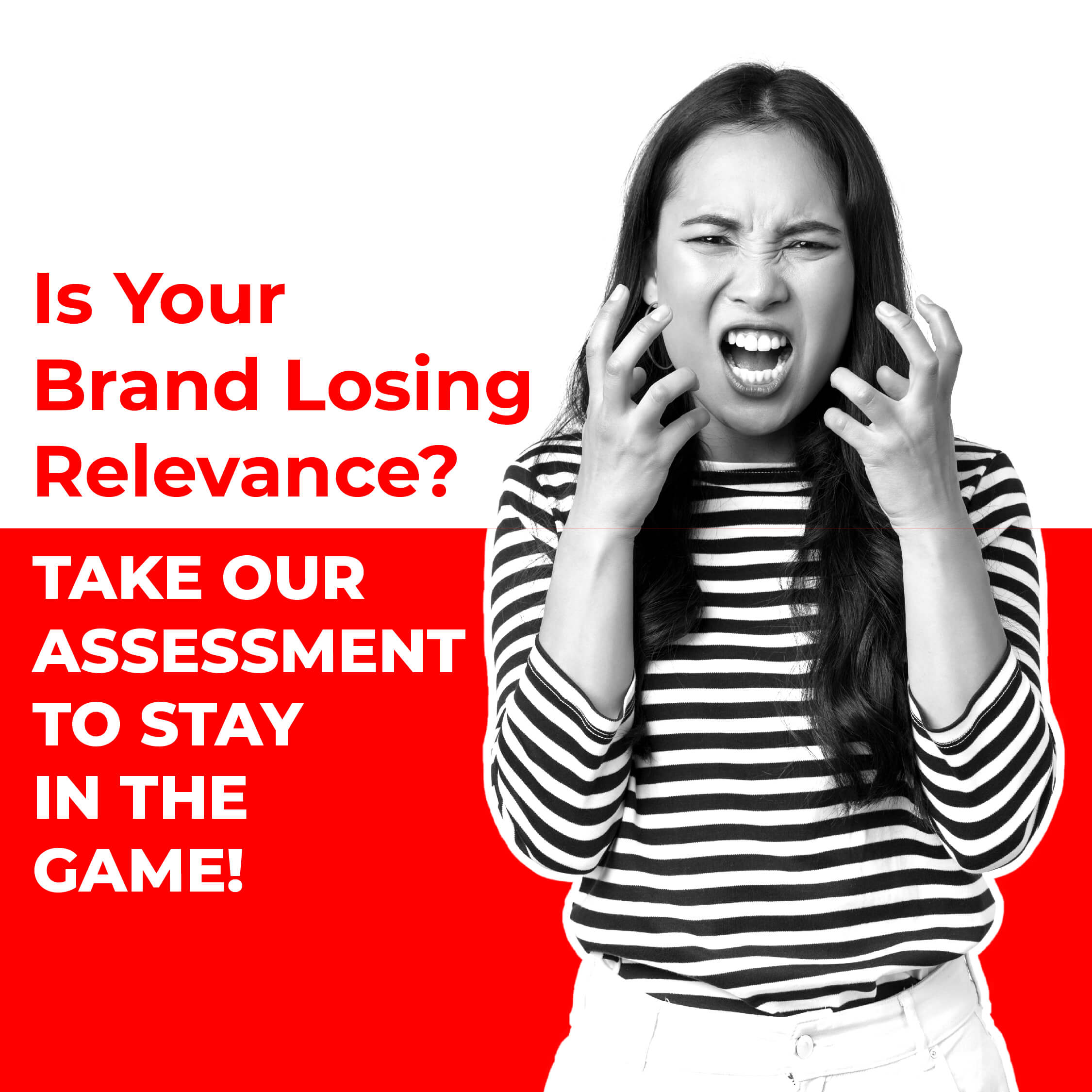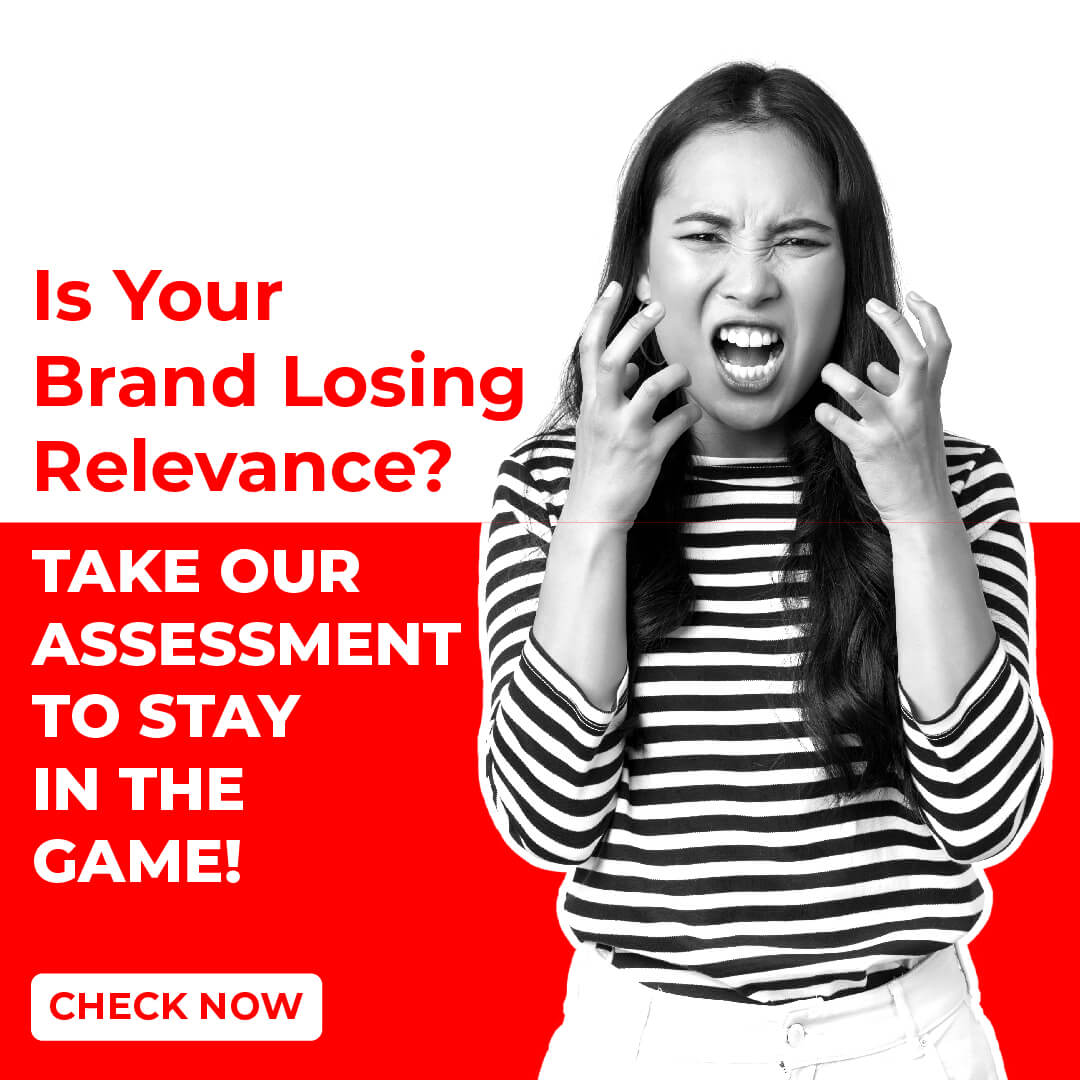
Measuring Your brand’s strength
What is your brand’s strength?
Think of your brand as a person, with a personality all its own. What comes across when your brand opens its mouth? Is it bold? Refreshing? Trustworthy? Or better yet, is the voice distinguishable from the other players in your space? As I mentioned before, the brand is your most valuable currency—don’t settle for cookie-cutter platitudes that blend in with the crowd.
So here’s a test. Go to your “About Us” page. If you don’t have one, take your mission statement. Then do the same for your competitors. Can you tell which copy belongs to which brand? Where are the differentiators? Think about your prospects. If they’re reading all of these mission statements and About Us pages, why would they choose you over the competition?
Does Your brand’s strength follow on your purpose?
No, this doesn’t mean “selling fans” if you’re a fan company. Your brand’s reason for needing to think bigger than that. It needs to state the effect you want to have in the world. Why your brand exists. And what it’s trying to accomplish.
The example we often look to—and with good reason—is Apple. In Simon Sinek’s Ted Talk he covers finding your brand’s strength why and how it can inspire others, using the fruit’s “Think Different” campaign as an example. Apple does things differently. And they also happen to sell computers and which is brand’s strength of an apple.
But it’s not enough for one person to be able to articulate your brand’s reason for being. Your leadership team, employees, and customers need to be able to voice it too. Which brings us to the next question… It is very important to know your brand’s statistical data for online branding to know your brand’s strength.
Do you follow your company’s vision?
This point matters because it relates to brand affinity, advocacy, and stewardship. When your employees are engaged, they’re your biggest fans—and they know how to sell others on your vision. Their connection can help you find great leads and clients. And finally, creating a brand your employees truly believe in will help attract top talent while building upon the brand’s internal culture.
Your target audience
Does everyone know who your brand is targeting? Are your sales team and marketing team aligned? Identifying your audience is one of the first things you have to do to communicate your brand properly. Don’t know who you’re talking to? At best, you’ll end up with a bland message to appease anyone (not ideal). At worst, you’ll end up offending them (even less ideal).
Think about it this way. Would you use the same language or tone in a birthday card for your grandma and your college buddy? Would you even use the same card? Probably not. Know your target audience by using SEO process
Are you going as per the market demand?
Unfortunately, it’s not uncommon for these to be misaligned. If you see yourself as innovative, but your customers only see your poor customer service, you have some work to do. Maybe your story isn’t coming across to your audience. Or maybe you have a major product issue you need to address first. Whatever the issue, make sure that the two are aligned.
Maintaining Communication
Aggressive and authoritative on social media, pastoral and calm across your website, and bland and voiceless in your email marketing. You can give a prospect whiplash by switching voices and style from one advertisement to the next. Once you know your voice, make sure you’re hitting it across all mediums. Now, there will be times when the copy or specific content is truly focused on conversion. That’s okay. But keep in mind that your audience will struggle to connect and resonate with an inconsistent brand. Click To Tweet
Consistency also applies to visual assets. If you’ve updated your logo or colour palette, make sure all assets are up-to-date, otherwise, you risk looking bush league and unprofessional.


Post Comment